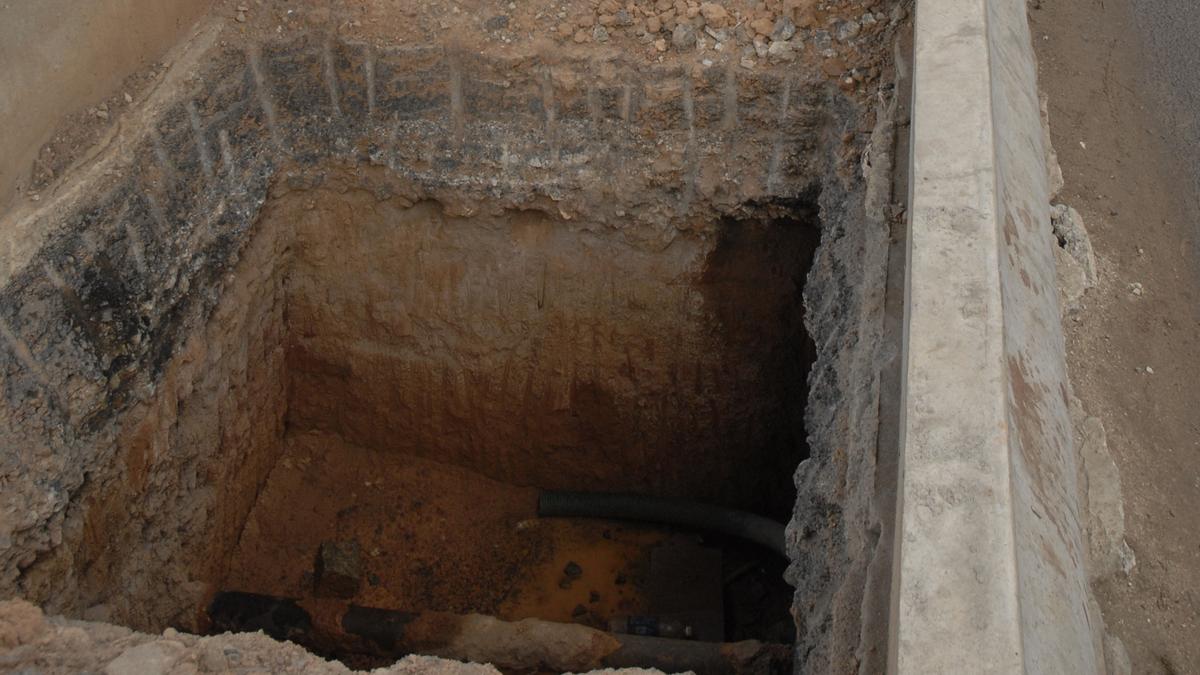
Despite ₹65 lakh tender, rainwater harvesting plans of Namma Metro in Bengaluru remain on paper
The Hindu
In 2022, ActionAid conducted a survey to evaluate the status of RWH systems in Namma Metro infrastructure in Bengaluru. According to the ActionAid survey, an ideal RWH system includes pipes leading rainwater to percolate and recharge groundwater. However, their findings revealed that 8 pipes were found to be broken, 4 pits were clogged, 7 were filled with trash, 60 were not visible near the pillars, 5 water storage tanks were broken, among other problems in places where the system was implemented.
In a city grappling with water shortage and a plummeting groundwater table, the implementation of rainwater harvesting (RWH) remains a distant reality. This is true of not just residential and commercial structures, but the Namma Metro too, despite a ₹65 lakh tender floated by the Bangalore Metro Rail Corporation Limited ( BMRCL).
While BMRCL reports that approximately 150 RWH structures are currently operational, activists report a much lower number and question their effectiveness.
“Our investigation reveals that only 30 rainwater harvesting systems are currently operational at metro stations along the Purple and Green Lines. For the upcoming Yellow Line, the government has not issued any written directive or notice regarding the installation of such systems. As a result, a significant amount of water in Bengaluru is being wasted,” said Raghavendra B. Pachhapur, Senior Project Lead with NGO ActionAid Association.
Mr. Pachhapur criticised the BWSSB, which plays a crucial role in implementing rainwater harvesting in the city. “BWSSB is avoiding its responsibilities and is more focused on large-scale projects. Their Vision 2050 plan involves bringing water from 250 km away, which is a waste of money and comes with enormous operating costs. Why not simply utilise the rainfall Bengaluru receives? BWSSB must take responsibility for capturing and storing the city’s rainwater,” he added.
Responding to these concerns, Yashwanth Chavan, Chief Public Relations Officer, BMRCL explained that they are taking ‘feasible necessary steps’. “A ₹65 lakh tender was announced in March 2024 for new RWH structures but was initially discharged due to a lack of response. On re-tendering, the contract was awarded in December 2024. The work is yet to commence,” he said.
One of the primary challenges, according to Mr Chavan, is Bengaluru’s geology, which makes it difficult to find the required depth for recharge wells. To address this, BMRCL plans to construct recharge wells along the median under the viaducts of Phase 2A and 2B, with site feasibility assessments currently underway. Additionally, new depots under construction will include RWH arrangements wherever possible.
Despite these plans, activists argue that progress is slow and the impact of existing RWH structures remains unclear.













